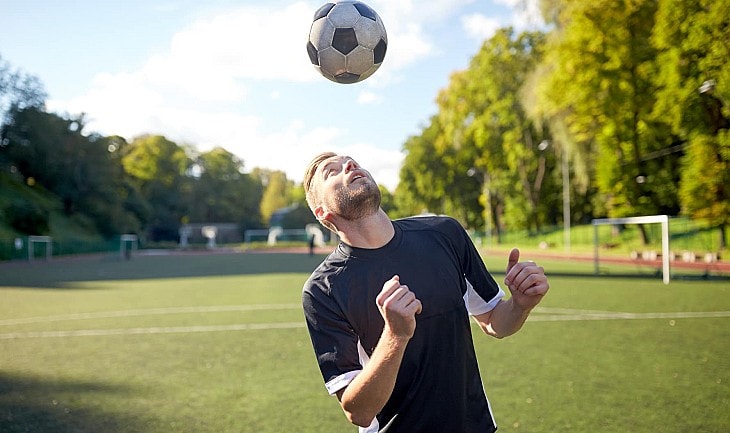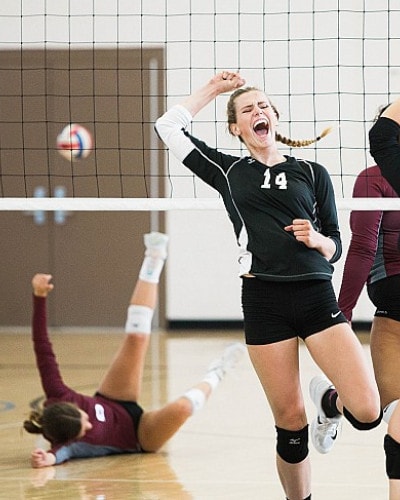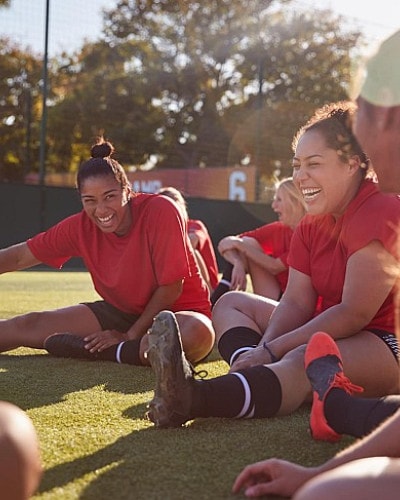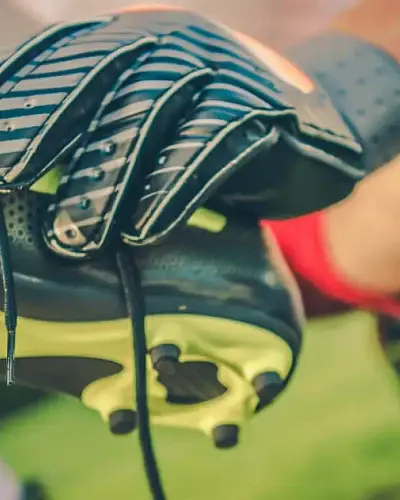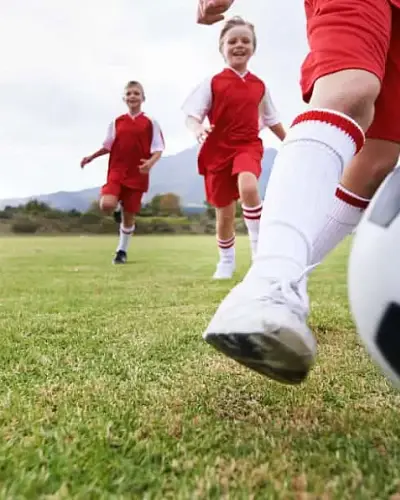Training with the Header Pendulum – What Are the Benefits?
In modern football, headers are becoming an increasingly crucial way to score goals. Many top-level teams emphasize wing play, often reinforced by offensive full-backs pushing high up the pitch, leading to numerous crosses into the box. Naturally, teams need strong aerial players who can finish these crosses effectively.
To become a great header specialist, players must develop specific skills related to heading movements, including:
✔ Jumping ability
✔ Timing
✔ Precision
✔ Core strength
✔ (Jump) endurance
A player who can jump high and maintain good body control but lacks proper timing won’t automatically be an aerial threat. That’s why it’s essential to train all of these attributes equally. However, depending on individual weaknesses, players may need to focus more on certain areas—such as timing if they struggle with making proper contact with the ball.
This is where the header pendulum comes into play. It consists of an adjustable-length cord attached to a beam or swivel arm, with a football hanging at the bottom. By adjusting the ball’s height, players can train different aspects of heading, and the device can also be used to help them overcome their fear of heading the ball.
Nobody is born a strong header—it’s a skill developed through consistent practice. Even smaller players should incorporate header training regularly. It is recommended to practice with the header pendulum at least once a month—but ideally, the more, the better.
Drills for Training with the Header Pendulum
One major advantage of the header pendulum is that players can train independently. After an initial explanation of the exercises, players can work alone or in pairs, with only minimal supervision from the coach.
Drill #1 – Jump Headers
Objective: Improve jumping ability and heading technique.
How to do it:
- Adjust the pendulum so that the ball can be reached with a jumping header after a short run-up.
- The player repeatedly performs jump headers, focusing on getting as high as possible.
- After each header, the ball is reset before the next repetition.
- Recommended: Up to 10 repetitions per set.
Drill #2 – Timing Headers
Objective: Improve timing and coordination.
How to do it:
- This drill is performed in pairs.
- One player swings the ball, while the other times their jump to connect with the ball at the optimal moment.
- Due to the increased difficulty in coordination, 6-8 repetitions per set are recommended.
Drill #3 – Standing Jump Headers
Objective: Train jump power and core stability.
How to do it:
- Similar to Drill #1, but without a run-up.
- The player must generate power purely from a standing position to head the ball.
- This improves the core strength and energy transfer needed to generate power without momentum from a run.
Drill #4 – Aerial Duels
Objective: Improve contested headers and aerial battles.
How to do it:
- Players work in pairs and compete in aerial duels against each other.
- The coach moves the pendulum so that both players have an equal chance of winning the ball.
- This drill not only enhances jumping ability and timing but also prepares players for real in-game aerial challenges.
- Important: Coaches should closely supervise this drill to prevent unnecessary injuries.
- Alternative: This drill can also be performed without the pendulum, using a manually thrown ball instead.
Drill #5 – "Too High" Challenge
Objective: Maximize jumping ability and track improvement.
How to do it:
- The pendulum is set slightly too high for the player to reach comfortably.
- The player attempts to jump as high as possible to make contact with the ball.
- Tracking progress: The height of the cord should be documented to monitor improvements over time.
- Best time to do this drill: After a warm-up, while the leg muscles are still fresh.
Conclusion: Is Training with the Header Pendulum Worth It?
For coaches, integrating header pendulum training offers great benefits with minimal effort. The variety of drills ensures that multiple aspects of heading can be trained efficiently.
One challenge, however, is player motivation. Some players dislike heading the ball and are reluctant to improve this skill. It’s the coach’s responsibility to engage these players. One way to increase motivation is to create two different training stations—one group works on heading, while another does more enjoyable drills. Rotating between these activities keeps the training session engaging.
One thing is certain:
Having strong aerial players is invaluable for both attack and defense. A well-trained heading ability can be the difference between scoring goals and clearing dangerous crosses—making it a skill worth mastering.
